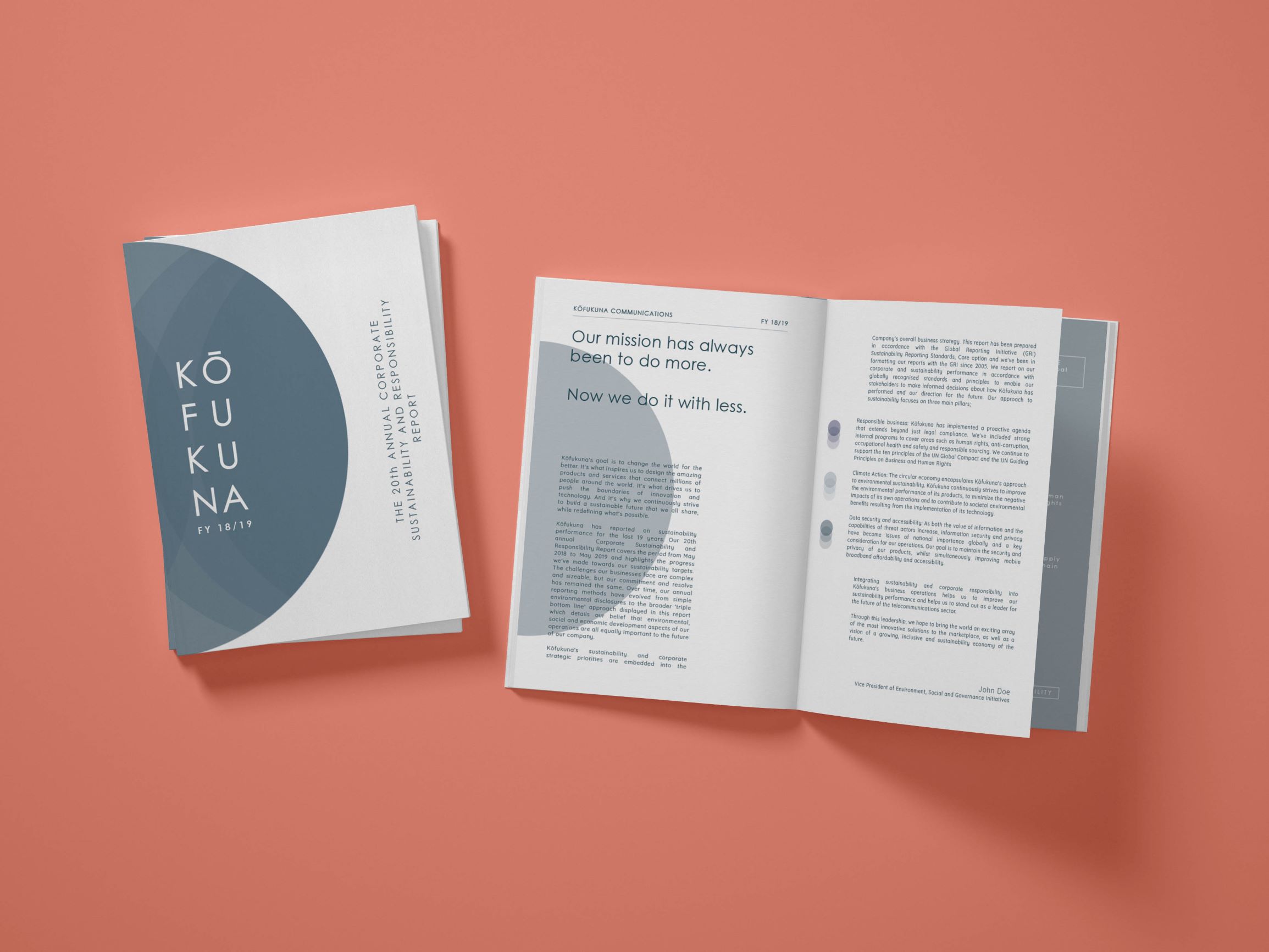Copyright 2024 © OMBRA Sustainability.
A trading name for Fianna Consulting Limited
Company Registration No. 10779536
Website powered by 100% renewable energy
Subscribe

Sign up for
OMBRA Insights
Please fill in the form below to receive all the latest news and developments straight to your inbox.
Don't Worry
We don't spam
Please review our website policies if you have any questions.
Information from OMBRA sent roughly once a month.

